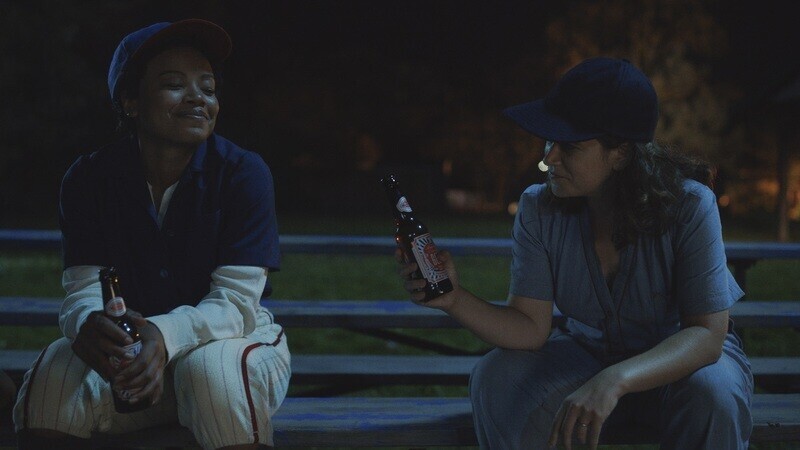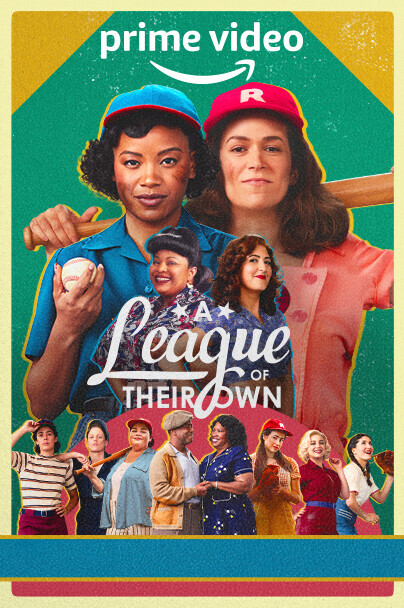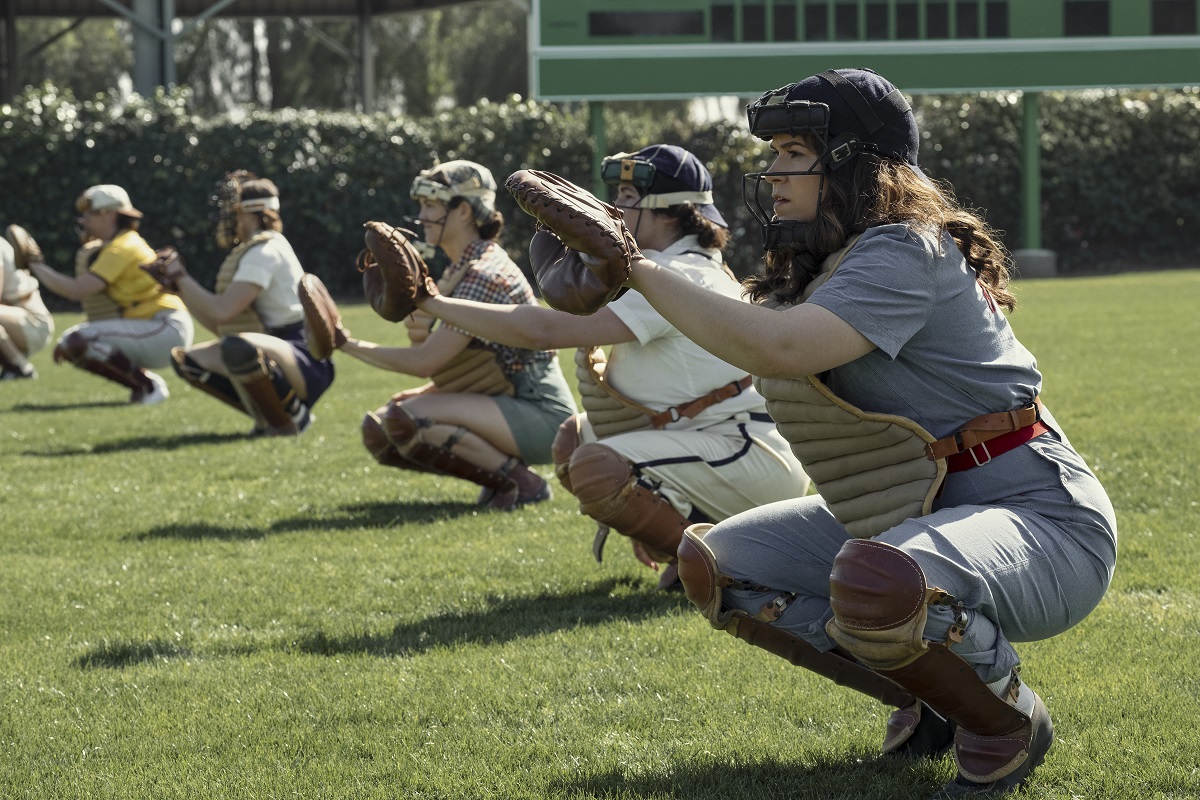Changing an exemplary can be hard. Reproducing the first enchantment isn’t quite as straightforward as recombining parts, and the errand is much of the time trickier while attempting to transform a film into a TV show; it’s simple for stories to become swollen from that multitude of extra minutes, plotlines, and characters. However, Prime Video’s new “A League of Their Own” is a triumphant revamp, one that refreshes the 30-year-old unique in the appropriate ways while treasuring the most loved touch-points of the first.
Our hero is as yet the catcher, ostensibly the least polite position (which matters in its 1940s setting) with her face taken cover behind the veil, body canvassed in cushions, caught in a squat. Back in 1992, Geena Davis hunkered behind the plate as Dottie Hinson. In the eight-section series co-made by Abbi Jacobson and Will Graham, Jacobson plays the lead and renames her Carson Shaw. Carson is unique in relation to Dottie in numerous ways however the two of them play in the same boat — the Peaches — wear a similar uniform (the pink and red dress suit will doubtlessly be a number one for Halloween this year), and need to manage a missing to-cantankerous director (despite the fact that Nick Offerman can’t contend with Tom Hanks’ renowned presentation).
There are even a portion of similar scenes — think the chaotic ballplayers going through makeovers to more readily draw in their apparent male fans. With their make-up on and hair done, they offer better to the male look if precariously and just for a period. And keeping in mind that the first dismissed this ideal as misogynist, the new variant goes further in scrutinizing the frameworks our ballplayers regard themselves as in and is substantially more fulfilling subsequently.

As the series goes on, the warm and consoling notes pulled from the first for the most part disappear as this rendition of the Peaches turns out to be genuine and their interests squeezing (albeit a late-season expression of “there’s no crying in baseball” immediately brings them back). The show pulls off this stunt to a limited extent by making the actual baseball convincing — the recognizable games circular segment of a dark horse group beating assumptions is as fulfilling as could be expected. What’s more, without ruining it, we should simply say the last at-bat is an ideal end to the eight or so hours before it.
So indeed, “A League of Their Own” functions as a plot-driven baseball story yet it gets truly fascinating by they way it addresses so many of the issues of the first. For one’s purposes, Jacobson and Graham add a Black baseball player Max Chapman (played marvelously by Chanté Adams), who the association’s proprietors deny the chance to give a shot due to her race. Presently, one Black person attached could cause more damage than great, particularly assuming she’s excessively oversimplified or used to cause the white characters to feel or look good.

Fortunately, Max has her own total world beyond the Peaches, populated with intricate, convincing Black characters. Their disparities and numbers oppose generalizations, especially in how the show depicts Max’s associations with the ladies in her day to day existence, similar to her dearest companion Clance Morgan (the bubbly Gbemisola Ikumelo) and mother Toni (the imposing Saidah Arrika Ekulona). Max’s plotline is additionally intriguing when the Peaches and the two interface. The show is mindful so as not to let Shaw, specifically, free and clear for her complicity in a bigoted framework that helps her.
Further confusing the show’s racial legislative issues, the Peaches have two Latinas in the group: pitcher Lupe Garcia (Roberta Colindrez) and Esti González (Priscilla Delgado). As lighter looking ladies, they have significantly more opportunity and honors than Max and her Black partners, yet at the same time wind up trapped in a bigoted framework.
It’s all exceptionally brilliant and all around good, and afterward Jacobson and Graham lay in their greatest update to the first: proudly featuring lesbian stories. 1992’s “A League of Their Own” indicated lesbian sexuality however the film’s top focus point regarding this situation was “playing baseball as a lady doesn’t make you gay.” Here the message is more “nothing bad can really be said about being gay and the regulations, designs, and culture that say something else are immense.”
In this adaptation, we have gay sentiments to pull for with provocative scenes, gay bliss, and full, gay personhood. There’s likewise an assessment of the regulations and disconnection LGBTQ individuals looked during the 1940s, including a scene portraying state brutality. The organizations of help — from companions to relatives to underground places of refuge — are more nuanced than ordinarily depicted, and keeping in mind that extremists positively exist in this made up world, they are to a great extent allowed the opportunity to develop and learn.
The outcome is a show that is more enjoyable than the first. This “A League of Their Own” can investigate and giggle with a greater amount of its characters, track down their profundity, commend their recently discovered opportunities, and cast a determined look on the manners in which their general public actually kept them down — as ladies, yet additionally as lesbian or bi individuals, Black ladies, and Latinas. Thusly, the 2022 “A League of Their Own” is such a ton better at telling the story of this crossroads in ladies’ set of experiences, finding the genuine satisfaction that possibly comes while not avoiding foul play.
